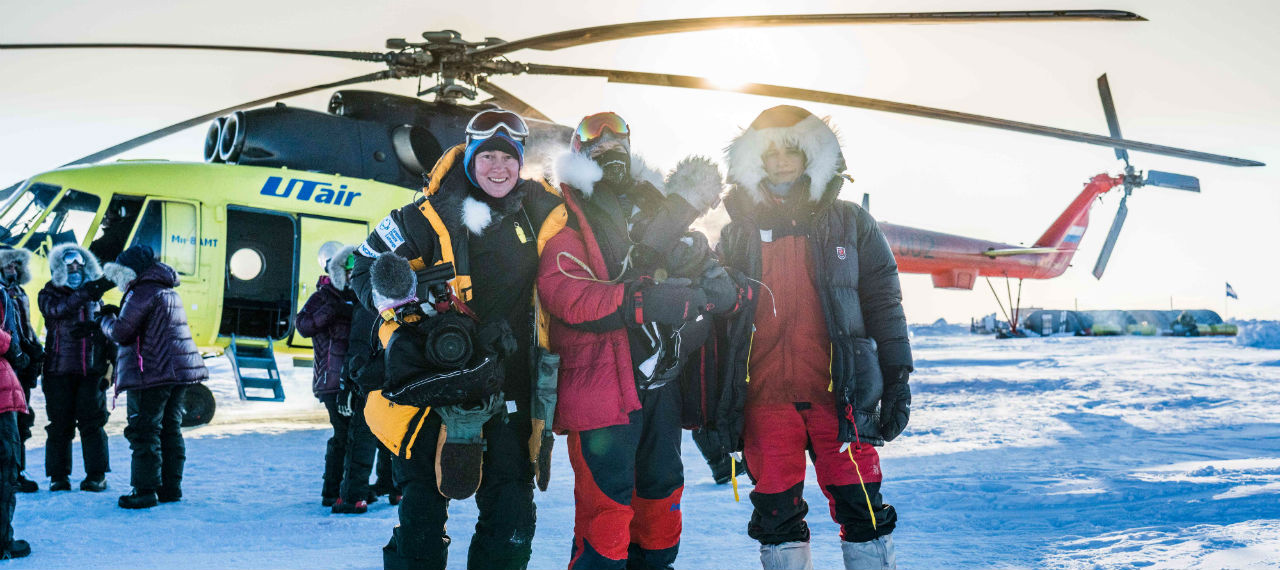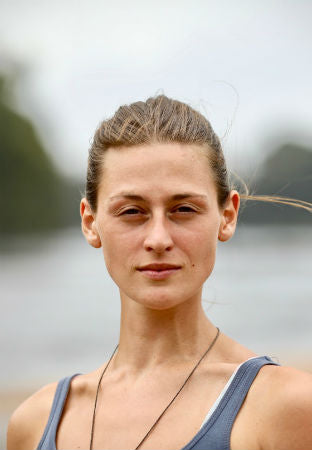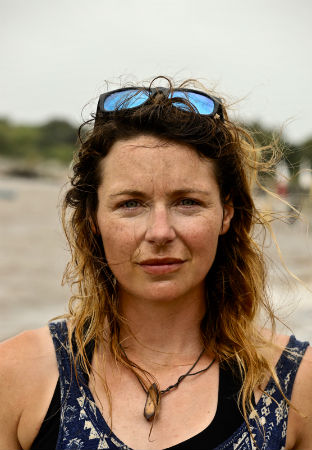
Gender in Adventure: Is it a man’s world?
In 1914, as the famous explorer Ernest Shackleton was rallying a team to crew his two ships, Endurance and Aurora, he got a letter of application: “We ‘three sporty girls’ have decided to write and beg of you to take us with you on your expedition to the South Pole”, it began. The letter described how the women were willing to undergo any hardship, including donning a ‘masculine attire’ should their ‘feminine garb’ be inconvenient. The letter closes: “We do not see why men should have all the glory, and women none, especially when there are women just as brave and capable as there are men.” They got a reply: “Sir Ernest Shackleton begs to thank Miss Peggy Peregrine, Miss Valerie Davey and Miss Betty Webster for their letter, but regrets there are no vacancies for the opposite sex on the expedition.”
This is a story as old as adventure itself: women being thought of as the weaker, fairer sex — too emotional for reason and too gentle for the wide world. A quick google of the ‘best explorers’ reveals countless lists of 19th- and 20th-century heroes, almost always men. That’s not because women weren’t exploring — many were — but very few were allowed on prominent expeditions, and those that went alone weren’t taken seriously.
In the past few decades, women have caught up, with teams of all-female rowers, hikers and climbers setting records around the world. And now that 2018 is being dubbed ‘the year of female empowerment’, it feels like finally it’s time for change.

Paddleboarder Cal Major on her solo trip from Land's End to John O'Groats
One of the earliest records of female exploration is that of Jeanne Baret, who became the first woman to circumnavigate the globe in 1766 — dressed as a man. She was the housekeeper of French naturalist Philibert Commerson, who soon became her lover. At that time women weren’t allowed on naval vessels, but when Commerson scored the botanist position on a round-the-world French Naval expedition, Baret decided to don a masculine disguise and sign up with him. The pair collected thousands of samples and uncovered more than 70 new plant varieties. When Commerson died, Baret was the one to take their findings back to France, resulting in their official publication. She wasn’t, however, given the recognition she deserved — all of the plants were named after Commerson.
There were hundreds of women, like Baret, who craved the adventure they weren’t allowed. Lady Florence Dixie spoke openly out about such issues in the 1800s. She found the expectation women dedicate their lives to child-rearing, “arbitrary, cruel and false to nature”. She was ahead of her time: her non-fiction novel, about a world in which men and women lived as equals (categorised as 'fantasy') successfully predicted there’d be a female prime minister before 1999, despite most people lauding it impossible. She also wrote avidly about her travels, with one trip to Patagonia giving her cause to correct the great natural historian Charles Darwin, which she did in a letter, advising him that his claim the ‘tucutuco’ (a mole-like creature) ‘never comes to the surface of the ground’ was not quite true. Darwin didn’t rectify the error, but he did strike up written correspondence, and eventually became a quiet advocate of women’s rights.
As society moved into the 20th century, the plight didn’t get easier. Women in science and exploration were frequently mocked for their ideas, or excluded altogether. The National Geographic Society, for example, didn’t allow women to join until 1913. The Explorer’s Club — an American exploration society with notable members including Sir Edmund Hillary, Ronald Amundson and Neil Armstrong — was as late as 1981. But women continued to explore: Amelia Earhart became the first woman to fly the Atlantic in 1928; Miriam O’Brien became known for her ‘manless alpine climbs’ in the thirties; Freya Stark travelled throughout the 20th century to places few other people had been before.
Today, the UK is as close as it ever has been to gender equality, and it’s in part thanks to these women, who shattered the social expectations of their time. In the past decade, we’ve seen some of the biggest overhauls in female liberation: in 2017, the UK appointed the first woman as Met Police Commissioner, the first woman as Bishop of London, and the first as UK ambassador to the UN. Within the adventure industry, this push for women’s rights is being reflected in recognitions that have been a long time coming. In 2012, for instance — over 200 years since her round-the-world expedition — Jean Baret finally received the credit she deserved: US biologist Eric Tepe named a new species — a distant relative of the tomato and potato — the Solanum Baretiae, in honour of her achievements. This year it was Lady Florence Dixie’s turn: nearly 150 years since her death, she’s been honoured with a plaque for her early support of female equality, at Bosworth Hall Hotel in Leicestershire.



The all-woman Essequibo expedition team, Kness Knight, Pip Stewart and Laura Bingham, who became the first people to paddle the length of the Essequibo River in South America
At the same time, all-woman adventure entities like the Women’s Adventure Expo and ‘Exxpedition’, are springing up across the globe, focused on female-only trips designed to empower participants. And women are smashing records around the world: this year, Kiko Matthews broke the world record as the fastest woman to row the Atlantic; the all-women Essequibo expedition team became the first people to paddle the length of the Essequibo River in South America, and Susie Goodall became the youngest and only female sailor to participate in the Golden Globe Race (all #fuelledbyfirepot).
This year also marked an expedition first: an international team of women from across Europe and the Middle East skied to the North Pole, in an attempt to foster strong relationships between women from a range of different cultures. The concept was "ordinary women doing something extraordinary”. The 10 women, strangers before their training began, skied 80 kilometres in seven days, sleeping on the ice in tents, pulling everything they needed in sledges behind them.
“It’s the first and last of its kind,” says Holly Morris, who filmed the entire expedition. “In the weight of climate change and the melting ice, this kind of trip will never happen again — and certainly not with a group of international women.” As to whether a trip like this marks a significant step for women? Felicity Aston, the trip organiser, says: “One expedition can’t change the world, but it can alter perspectives. Already, people have said to me ‘you made me think differently’ — specifically about women — and that’s all that we can hope for.”

Since our launch last year, Firepot has supported a number of female explorers in the field. Our #firepotheroes include solo-rower Kiko Matthews; the all-women Essequibo expedition team, Ness Knight, Laura Bingham and Pip Stewart; sailor Susie Goodall; fat-biker Kate Leeming; and the film crew behind Felicity Aston’s North Pole international women’s team.
Image credits: Renan Ozturk, Jon Williams, James Appleton

